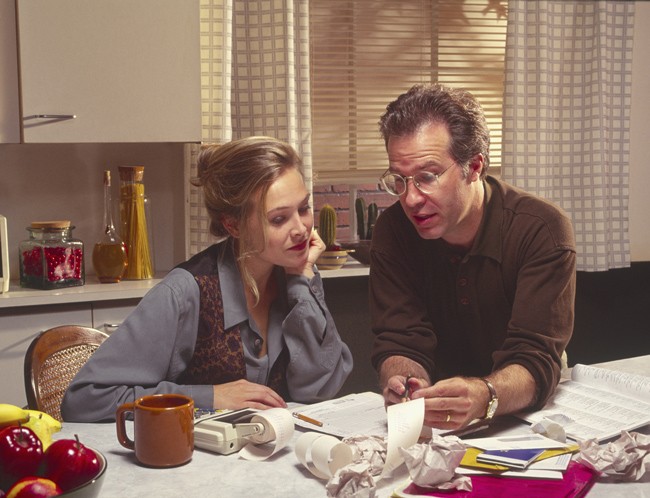
Educating yourself on what’s important to include in your budget will enable you to be more strategic and less frustrated with your next home improvement project.
Whether you want to decorate a single room or do a major remodel, embarking on a home improvement project can be intimidating. A great way to feel more comfortable and in control of the process is to create a realistic project budget.
Once you have a true understanding of what components are required to complete the work and what they cost, the potential for unwelcome surprises will be reduced. You will also have the ability to make strategic adjustments to your project timeline for what you can accomplish immediately or over a period of time – without overburdening your finances!
It’s not as hard as you might think.
Step 1: Develop a wish list and a must have list, then prioritize – not only for what needs to be done – but for how that could be broken down into smaller projects over time. A great way to break down a home decorating project is to do one room at a time starting with the rooms that you use most for family time or entertaining.
Step 2: Know how much money you have to spend on the project. How does that amount compare to the project budget? Is it enough to cover the cost of the work? Can you afford to do all of the work at once? A designer can help you assess whether your agenda is feasible and also what would be the best way to break your home improvement goals into multiple projects over time.
Step 3: Educate yourself on what needs to be included in the budget. What’s ultimately included will depend on what you are trying to accomplish. If the work involves adding new electrical points/plumbing, moving walls or adding a room, you will need to allocate money in your budget for the appropriate trades, engineering work and permits. A designer can help you figure out what – or who – will need to be involved in the project if you are unsure.
Step 4: Price out how much things will cost. Although there could be many variables impacting the individual line items in your budget, it’s always helpful to get at least a rough idea of what these will cost.
If you are planning to do remodeling work, try to compare what a few similar sized projects would cost in your area. Great ways to obtain this information would be asking people you know or doing an online search. Know that it while it will be hard to estimate exactly what your project’s cost might be because there are so many variables (e.g., location, materials, finishes, design detail, etc.), at least you will have an better idea of what to expect.
For a decorating project, you can start to estimate costs by making a list of all of the items you’d want in each room. Check online or in stores to find furniture/accessories that you like. Adding up the prices of these items will give you a rough estimate of what you’d need to spend. Having a designer help you with this exercise will ensure that you don’t forget to include anything.
As you are pricing out project components, it may become overwhelming and you might be tempted to save money by choosing the lower priced items or services. But remember that sometimes it’s better to pay more up front for quality materials and workmanship so it will last longer. You always have the option of extending the timeline of your project to make it work better with your budget.
To learn more about how to become savvy at budgeting your next home improvement project, contact Sheeja today for a complimentary 15 minute conversation.

